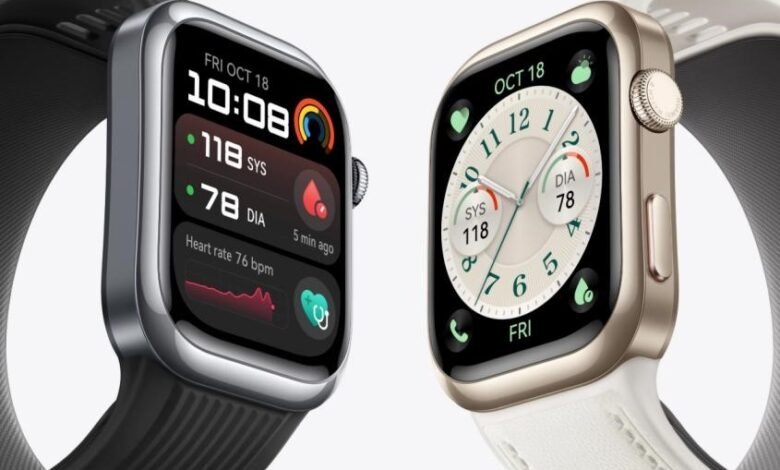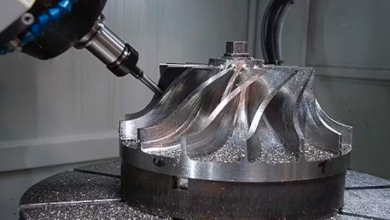The Role of Hypertension in Peripheral Artery Disease

Hypertension, or high blood pressure, is a condition affecting millions worldwide and can lead to severe health complications. One notable consequence is peripheral artery disease (PAD), a circulatory issue resulting in narrowed arteries that limit blood flow to the limbs. Understanding the relationship between hypertension and PAD is essential for effective prevention and management. This blog explores how hypertension contributes to PAD, symptoms associated with both conditions, and strategies for managing hypertension to prevent PAD.
What is the Connection Between Hypertension and Peripheral Artery Disease?
How Does Hypertension Lead to Peripheral Artery Disease?
Hypertension exerts extra force against artery walls, causing damage over time. This damage leads to the formation of plaques, a hallmark of atherosclerosis, which narrows the arteries. When it occurs in the peripheral arteries, it results in PAD. Consistently high blood pressure accelerates this process by promoting inflammation and oxidative stress, further compromising arterial health. Consequently, hypertension remains a critical risk factor for developing PAD, highlighting the importance of maintaining optimal blood pressure levels.
Key Symptoms of Peripheral Artery Disease Related to Hypertension
Peripheral artery disease and hypertension share several symptoms due to their impact on blood flow. One typical symptom is leg pain or cramps during physical activities, a condition known as intermittent claudication. Patients might also experience numbness or weakness in the legs, slow-healing wounds on the feet, and cold or discolored extremities. Early detection and management of these symptoms are crucial in preventing severe complications, such as potential limb amputation.
Common Risk Factors Shared by Both Conditions
Several risk factors contribute to both hypertension and PAD. These include smoking, obesity, and a sedentary lifestyle. High cholesterol levels and diabetes further elevate the risk. Family history also plays a significant role, as genetics can predispose individuals to both conditions. Addressing these shared risk factors through lifestyle modifications and medical interventions can significantly reduce the likelihood of developing hypertension and PAD.
How Can You Manage Hypertension to Prevent Peripheral Artery Disease?
Effective Lifestyle Changes to Control Hypertension
Managing hypertension begins with adopting a healthier lifestyle. Regular exercise, maintaining a balanced diet rich in fruits and vegetables, and reducing sodium intake are fundamental strategies. Quitting smoking and limiting alcohol consumption also significantly impact blood pressure levels. Consistent stress-management techniques, like meditation and yoga, can further aid in keeping hypertension at bay, thereby reducing the risk of PAD.
Medical Treatments for Hypertension and PAD Prevention
In addition to lifestyle changes, medical treatments play a critical role in controlling hypertension and preventing PAD. Antihypertensive medications, like ACE inhibitors and beta-blockers, help lower blood pressure effectively. For PAD, antiplatelet drugs and statins can be prescribed to prevent blood clots and reduce cholesterol levels. Regular consultations with healthcare providers ensure personalized treatment plans for optimal health.
The Role of Regular Monitoring in Hypertension Management
Regular monitoring of blood pressure is vital in managing hypertension effectively. It helps track treatment efficacy and allows timely adjustments. Home monitoring devices and periodic health check-ups with healthcare professionals provide comprehensive data to guide management decisions. Accurate and consistent monitoring can alert individuals to potential issues early, facilitating prompt intervention.
Can Technology Aid in Managing Hypertension and PAD?
Wearable Devices for Continuous Blood Pressure Monitoring
Wearable devices have revolutionized health monitoring, offering continuous blood pressure tracking. Devices like smartwatches equipped with blood pressure sensors provide real-time data, enabling users to monitor their readings throughout the day. These devices help individuals understand their blood pressure patterns and make necessary adjustments to their lifestyle and treatments quickly. While a home blood pressure monitor offers more accurate readings in a controlled setting, wearable devices provide convenience and regular monitoring on the go.
Apps and Tools for Tracking Health Metrics
Health apps and tools have become indispensable in managing hypertension and PAD. They enable users to log their blood pressure readings, track physical activity, and monitor dietary habits. Integration with wearable devices ensures comprehensive health tracking. Apps also provide reminders for medication and doctor appointments, enhancing adherence to treatment plans and improving overall health management.
Insights from HUAWEI WATCH D2 for Hypertension Patients
The HUAWEI WATCH D2 provides extensive features for hypertension management. Its ambulatory blood pressure monitoring enables users to track their BP anytime, offering insights into daily and nocturnal variations. On-the-go measurements and the TruSense system ensure precise readings. The watch’s Health Glance report provides clear visual data, including six key indicators with intuitive graphs. Additionally, the beat-by-beat ECG analysis helps detect common heart conditions early, adding a vital layer to managing hypertension and PAD.

Conclusion
Hypertension significantly impacts the development of peripheral artery disease, underscoring the importance of effective management strategies. By understanding the connection between these conditions, recognizing common symptoms, and addressing shared risk factors, individuals can better manage their health. Lifestyle changes, medical treatments, and modern technology, like the HUAWEI WATCH D2, offer comprehensive tools for monitoring and controlling hypertension. Proactive management of hypertension not only prevents PAD but also promotes overall cardiovascular health, leading to a longer, healthier life.





